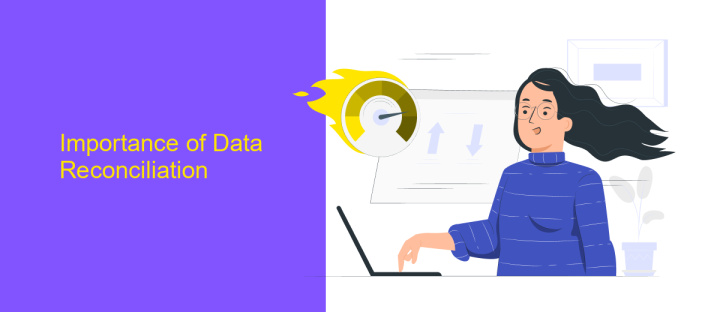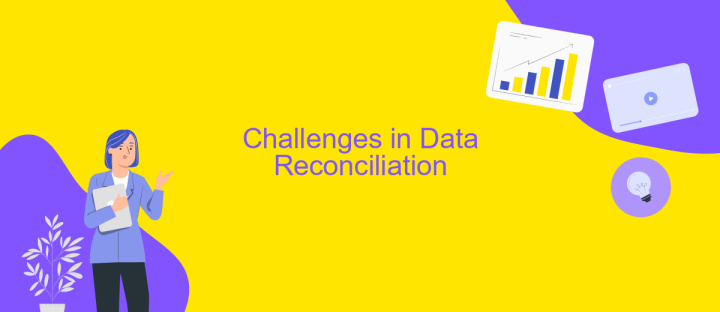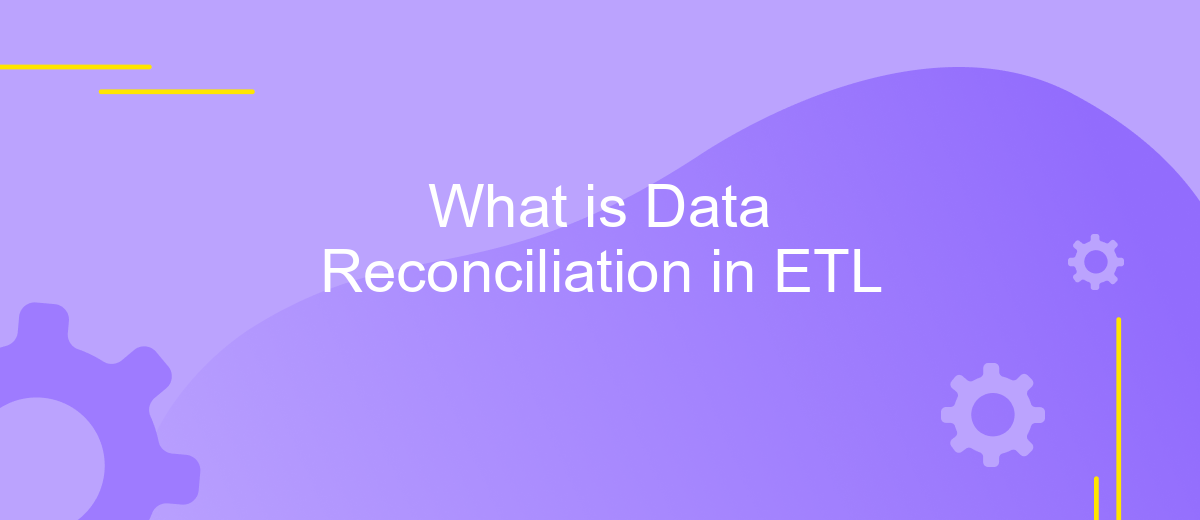What is Data Reconciliation in ETL
Data reconciliation in ETL (Extract, Transform, Load) is a critical process that ensures data accuracy and consistency across different systems. It involves comparing and validating data from various sources to identify and rectify discrepancies before loading it into a target database. This step is essential for maintaining data integrity, supporting reliable decision-making, and enhancing overall data quality in business operations.
Data Reconciliation in ETL Overview
Data reconciliation in ETL (Extract, Transform, Load) is a crucial process that ensures the accuracy and consistency of data as it moves from source systems to target databases or data warehouses. This process involves comparing source data with the data loaded into the target system to identify and rectify any discrepancies.
- Data extraction: Retrieving data from various source systems.
- Data transformation: Cleaning, aggregating, and transforming the data into a suitable format.
- Data loading: Inserting the transformed data into the target system.
- Data validation: Checking for consistency and accuracy between source and target data.
- Error handling: Identifying and resolving discrepancies to maintain data integrity.
Utilizing tools like ApiX-Drive can streamline the integration and reconciliation process by automating data transfers between different platforms. ApiX-Drive offers a user-friendly interface and robust features to ensure seamless data synchronization, reducing the risk of errors and enhancing data quality. By incorporating such tools, organizations can maintain reliable and consistent data across their ETL processes.
Importance of Data Reconciliation

Data reconciliation in ETL processes is crucial for ensuring the accuracy and consistency of data as it moves from source to destination. Without proper reconciliation, discrepancies can arise, leading to incorrect data analysis and decision-making. This step verifies that data extracted from various sources matches the data loaded into the destination, helping to identify and rectify any anomalies. By maintaining data integrity, organizations can trust their data-driven insights and improve operational efficiency.
Moreover, effective data reconciliation can streamline integration processes. Tools like ApiX-Drive can automate and simplify the reconciliation process by connecting various data sources and ensuring seamless data flow. ApiX-Drive helps in setting up integrations quickly, reducing manual intervention and the risk of errors. By leveraging such services, businesses can focus on deriving value from their data rather than spending time on tedious reconciliation tasks. This ensures that data remains reliable and actionable, ultimately supporting better business outcomes.
Challenges in Data Reconciliation

Data reconciliation in ETL processes can present numerous challenges that must be addressed to ensure data accuracy and integrity. These challenges often stem from the complexity of integrating data from multiple sources, each with its own format and structure.
- Data Inconsistency: Different data sources may have inconsistent data, leading to discrepancies that need to be resolved during the reconciliation process.
- Data Quality Issues: Poor data quality, including missing, duplicate, or incorrect data, can complicate the reconciliation process and impact the reliability of the final dataset.
- Scalability: As the volume of data grows, maintaining efficient and accurate reconciliation becomes increasingly challenging.
- Integration Complexity: Integrating data from diverse systems and applications can be complex, requiring robust tools and strategies to streamline the process.
To address these challenges, leveraging automated data integration services like ApiX-Drive can be highly beneficial. ApiX-Drive simplifies the process of connecting disparate data sources, ensuring seamless data flow and reducing the manual effort required for data reconciliation. By automating data integration, organizations can improve data accuracy, enhance efficiency, and focus on deriving actionable insights from their data.
Techniques for Data Reconciliation

Data reconciliation in ETL is a critical process to ensure the accuracy and consistency of data between different sources and destinations. It involves comparing data from various systems to identify and rectify any discrepancies. This process helps maintain data integrity, which is essential for making reliable business decisions.
There are several techniques for data reconciliation, each suited for different scenarios and requirements. These techniques can be automated or manual, depending on the complexity and volume of data. Automation tools like ApiX-Drive can significantly streamline the reconciliation process by connecting different data sources and performing real-time comparisons.
- Field-by-Field Comparison: This technique involves comparing each field in the source data with the corresponding field in the destination data to identify mismatches.
- Aggregation Reconciliation: Summarizing data from both sources and comparing the aggregated results to ensure they match.
- Record Count Matching: Ensuring that the number of records in the source and destination systems are identical.
- Data Profiling: Analyzing data for patterns, anomalies, and completeness to detect inconsistencies.
Using automated tools like ApiX-Drive can enhance the efficiency of data reconciliation by providing seamless integration between various data sources. These tools offer real-time monitoring, reducing the risk of errors and ensuring that data remains consistent across all systems.


Benefits of Effective Data Reconciliation
Effective data reconciliation in ETL processes ensures the accuracy and consistency of data across various systems, which is crucial for making informed business decisions. By identifying and rectifying discrepancies, businesses can maintain the integrity of their data, leading to more reliable analytics and reporting. This not only enhances the quality of insights derived from the data but also boosts confidence among stakeholders in the data-driven strategies being implemented.
Moreover, efficient data reconciliation can significantly reduce the time and resources spent on manual data correction, thereby increasing operational efficiency. Tools like ApiX-Drive can automate the integration and reconciliation processes, ensuring seamless data flow between different platforms. This automation minimizes human error and allows teams to focus on more strategic tasks. Ultimately, effective data reconciliation supports better compliance with regulatory requirements and improves overall business performance by providing a solid foundation of accurate and trustworthy data.
FAQ
What is Data Reconciliation in ETL?
Why is Data Reconciliation important in ETL processes?
What are common methods used for Data Reconciliation in ETL?
How can automation help in Data Reconciliation for ETL processes?
What challenges might arise during Data Reconciliation in ETL?
Do you want to achieve your goals in business, career and life faster and better? Do it with ApiX-Drive – a tool that will remove a significant part of the routine from workflows and free up additional time to achieve your goals. Test the capabilities of Apix-Drive for free – see for yourself the effectiveness of the tool.

